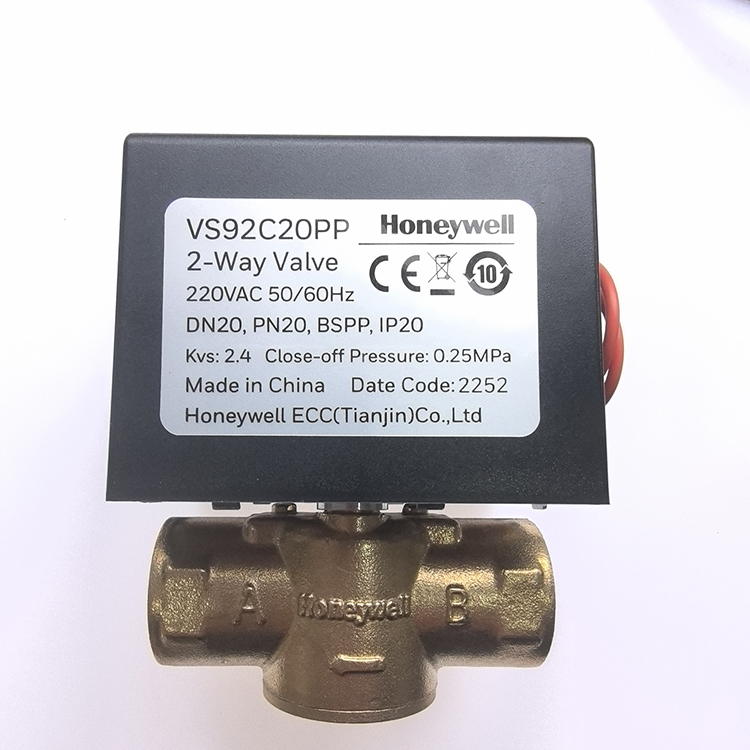1. Precise Control
Electric ball valves offer precise and accurate control over fluid flow, which is essential for maintaining process stability and efficiency in industrial applications. The electric actuator enables fine-tuned adjustments of the valve position, allowing for precise modulation of the flow rate. This level of control is particularly valuable in applications where exact flow rates or pressures are critical, such as in chemical processing, pharmaceuticals, and manufacturing.
The ability to set and adjust the valve position remotely or via automated control systems enhances process accuracy and reduces the potential for human error. This precise control also allows for better optimization of processes, improving overall system performance and product quality.
2. Remote Operation and Automation
Electric ball valves can be operated remotely, which offers significant advantages in terms of accessibility and convenience. Remote operation is especially useful in hazardous or hard-to-reach locations where manual valve operation would be impractical or unsafe. Operators can control the valves from a central control room or through automated systems, reducing the need for manual intervention and enhancing operational efficiency.
Integration with automated control systems allows for the seamless management of multiple valves simultaneously. This capability supports sophisticated process control strategies, such as automated start/stop cycles, flow regulation, and emergency shutdowns, contributing to a more streamlined and efficient operation.
3. Consistent Performance and Reliability
Electric ball valves are known for their consistent performance and reliability. Unlike manual valves, which can suffer from variability in operation due to manual adjustments, electric ball valves provide consistent actuation with each operation. The electric actuator ensures that the valve reaches the desired position accurately and consistently every time it is commanded.
The design of electric ball valves, including their robust construction and high-quality components, contributes to their reliability in demanding industrial environments. They are built to withstand harsh conditions, such as high pressures, temperatures, and corrosive substances, ensuring long-term dependable performance with minimal maintenance.
4. Reduced Labor and Maintenance Costs
Electric ball valves can significantly reduce labor and maintenance costs compared to manual valves. The automation of valve operation eliminates the need for manual valve adjustments, reducing the need for on-site personnel and associated labor costs. Remote monitoring and control capabilities also minimize the need for physical inspections and manual interventions.
Additionally, electric ball valves are designed to be low-maintenance. Their robust construction and fewer moving parts compared to manual valves reduce the frequency of maintenance activities. This leads to lower overall maintenance costs and less downtime, enhancing the efficiency and cost-effectiveness of industrial operations.
5. Improved Safety
Electric ball valves contribute to improved safety in industrial applications by reducing the risks associated with manual valve operation. Remote operation capabilities minimize the need for personnel to work in hazardous environments, reducing the potential for accidents and exposure to dangerous conditions.
The precise control offered by electric ball valves also enhances safety by ensuring accurate and reliable flow regulation. In emergency situations, electric ball valves can be quickly and precisely actuated to stop or divert the flow, mitigating potential hazards and protecting both equipment and personnel.
6. Enhanced Process Efficiency
Electric ball valves enhance process efficiency by providing accurate and reliable control of fluid flow, which is crucial for optimizing industrial processes. The ability to quickly and precisely adjust flow rates and pressures helps in maintaining optimal operating conditions, reducing waste, and improving overall process efficiency.
Integration with automation systems further enhances efficiency by allowing for real-time adjustments based on process variables and conditions. This dynamic control ensures that processes operate at peak performance, leading to better resource utilization, reduced energy consumption, and improved product quality.


 English
English 中文简体
中文简体


.jpg)





 +0086-18067425071(Wechat)
+0086-18067425071(Wechat) +0086-574-62803230
+0086-574-62803230 Duoye0413@outlook.com
Duoye0413@outlook.com
